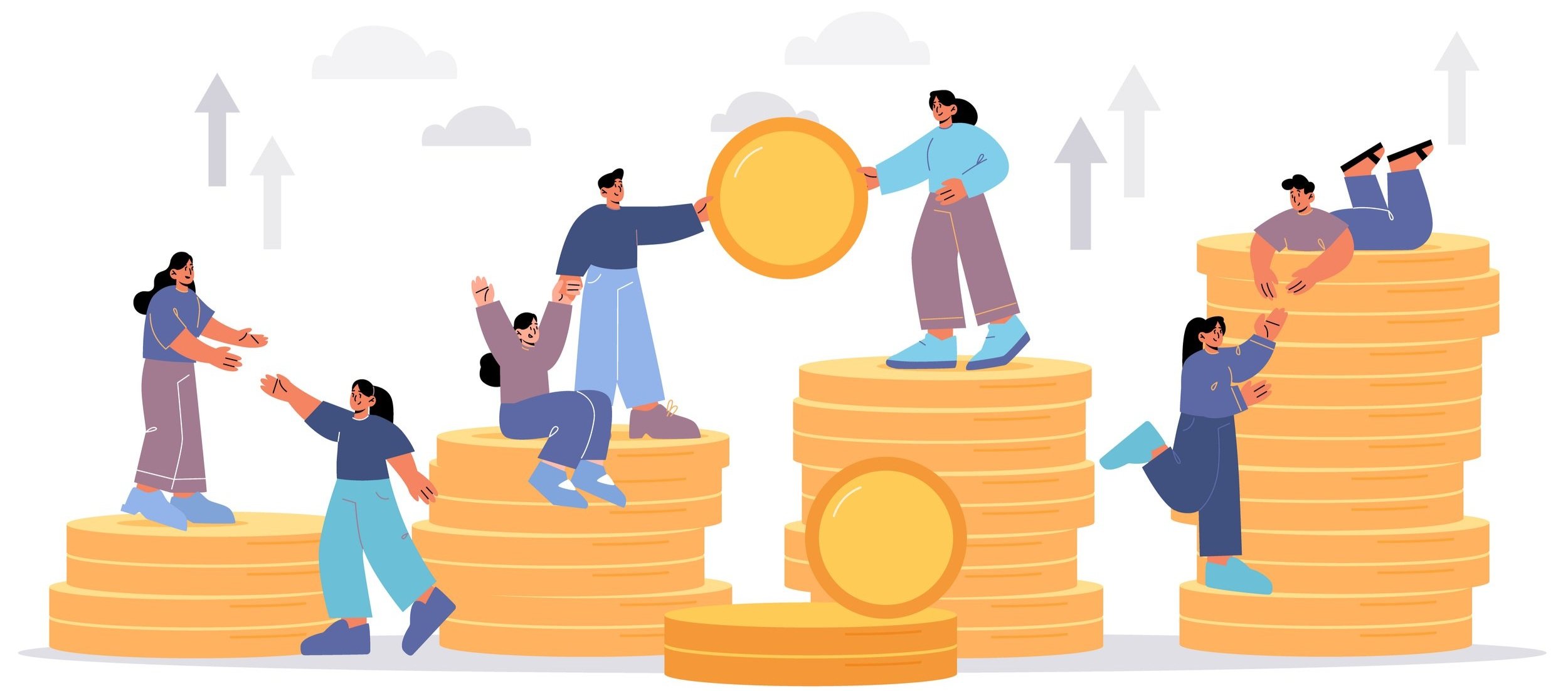Home>Finance>Savings Rate: Definition, Influences, History In The U.S.


Finance
Savings Rate: Definition, Influences, History In The U.S.
Published: January 23, 2024
Discover the meaning and impact of the savings rate in the U.S. Learn about its influences and historical trends in finance.
(Many of the links in this article redirect to a specific reviewed product. Your purchase of these products through affiliate links helps to generate commission for LiveWell, at no extra cost. Learn more)
The Importance of Savings Rate: Understanding the Definition, Influences, and History in the U.S.
When it comes to personal finance, saving money is a fundamental practice that can have a profound impact on your financial well-being. While many people are familiar with the concept of saving, understanding the savings rate and its significance is crucial. In this article, we will explore the definition of the savings rate, its influences, and its historical trends in the United States.
Key Takeaways:
- The savings rate is the percentage of income that is saved or not spent on consumption.
- The savings rate can be influenced by various factors such as economic conditions, personal income, and cultural attitudes towards saving.
Defining the Savings Rate
The savings rate is a measure of the percentage of income that individuals or households save rather than spend on consumption. It represents the portion of income that is not immediately used to purchase goods or services. The formula for calculating the savings rate is relatively straightforward:
Savings Rate = (Income Saved / Total Income) x 100%
For example, if a person earns $5,000 per month and saves $1,000, their savings rate would be 20%.
Influences on the Savings Rate
The savings rate can be influenced by multiple factors, including:
- Economic Conditions: Economic conditions, such as interest rates, inflation rates, and job security, can affect an individual’s or household’s ability and willingness to save. During periods of economic uncertainty, individuals may be more inclined to save as a precautionary measure.
- Personal Income: Higher income levels generally provide individuals with more disposable income, which can lead to higher savings rates. Conversely, lower income levels may necessitate a lower savings rate as individuals prioritize basic needs and expenses.
- Cultural Attitudes: Cultural attitudes towards saving can also play a significant role in determining the savings rate. Cultures that prioritize saving for the future or value frugality may have higher savings rates compared to those that prioritize immediate gratification and consumption.
- Government Policies: Government policies such as tax incentives and retirement plans can influence the savings rate by providing individuals with added motivation and resources to save.
A Brief History of Savings Rate in the U.S.
The savings rate in the United States has experienced fluctuations over the years. It reached its peak in the early 1980s at around 17%, but steadily declined throughout the 1990s and early 2000s. During this period, the “spend now, save later” mentality became prevalent, driven by factors like easy access to credit and a booming housing market.
However, the financial crisis of 2008 served as a wake-up call for many Americans, leading to a renewed focus on saving. In the aftermath of the crisis, the savings rate began to rise again, reaching nearly 14% in 2012. Since then, it has shown moderate fluctuations, influenced by economic conditions and individual circumstances.
Conclusion
The concept of the savings rate is an essential aspect of personal finance that should not be overlooked. Understanding and actively managing your savings rate can help you achieve financial security, prepare for unforeseen circumstances, and work towards your long-term goals. By considering the influences on the savings rate and staying aware of historical trends, you can make informed decisions and take control of your financial future.














